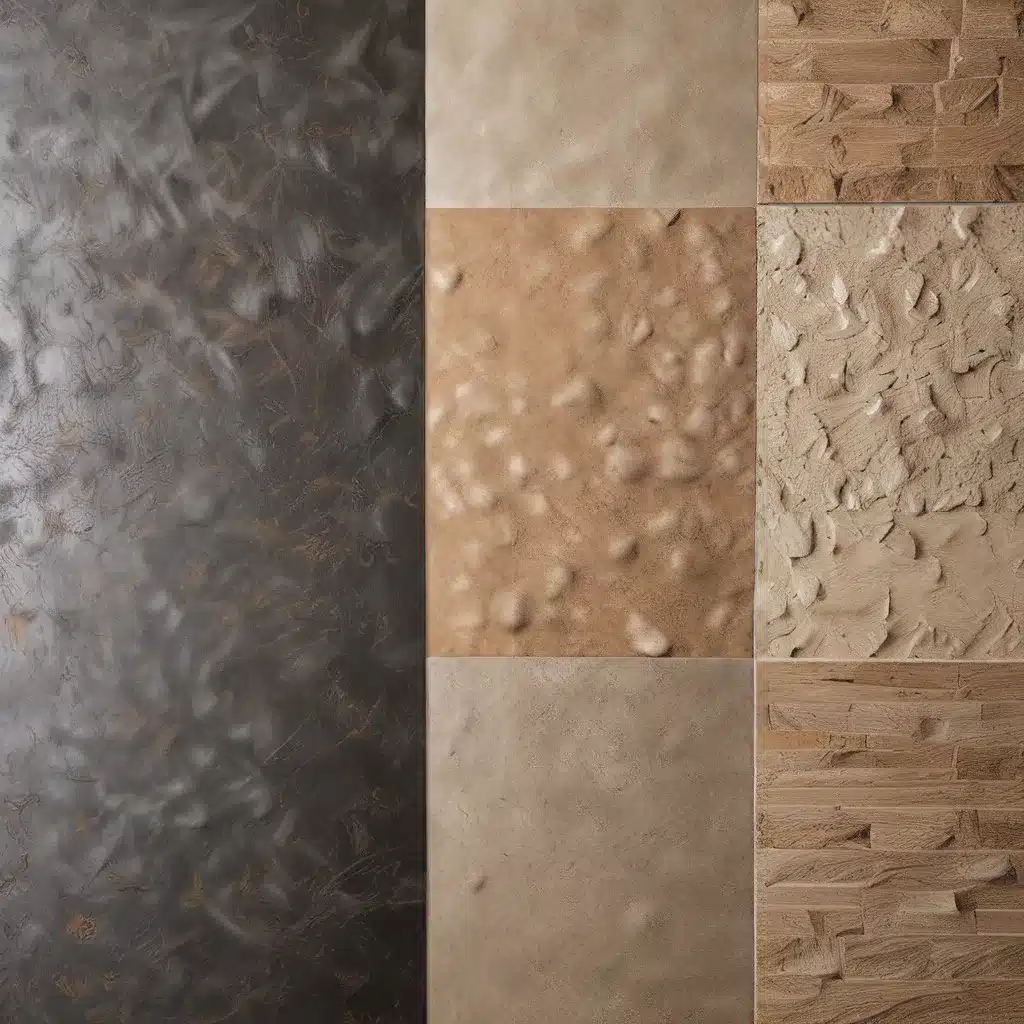
In the ever-evolving world of interior design, the strategic layering of textures and patterns has emerged as a transformative approach to crafting spaces that are not only aesthetically pleasing but also visually captivating. By skillfully blending diverse materials, colors, and forms, designers can elevate the visual richness and depth of a living environment, imbuing it with an inviting and welcoming ambiance.
Mastering the Art of Layering
The beauty of interior design lies in the artful layering of patterns and textures. This sophisticated approach transforms spaces from the mundane to the mesmerizing, infusing them with a sense of depth, character, and visual interest. Embracing this dynamic interplay of elements is key to elevating your home decor to new heights.
Harmonizing Contrasts
At the heart of visually captivating interiors is the harmonization of contrasts. By balancing bold with subtle, vibrant with muted, and intricate with simple textures and patterns, designers create a sense of equilibrium and depth. This juxtaposition of seemingly opposing elements results in a delightful visual interplay that adds sophistication and dynamism to any room.
For instance, pairing a vibrant geometric rug with solid-colored furniture can produce an eye-catching yet balanced look, seamlessly blending the contrasting elements.
Mixing Scales
The art of layering in interior design also involves playing with scales. Much like orchestrating a visual symphony, the magic lies in the skillful juxtaposition of various pattern and texture sizes. Pairing large-scale patterns with their smaller counterparts creates an engaging harmony that adds depth and interest to a room.
Whether it’s a bold rug against delicate textiles or grand motifs balanced with intricate details, the blending of scales brings a unique rhythm and energy to the design composition.
Uniting Themes
Achieving a cohesive and visually captivating interior also requires uniting themes through the process of layering. This is akin to composing a cohesive story within a space, where patterns and textures are woven together under a unified theme or color palette.
By marrying geometric patterns with nature-inspired textures or blending diverse cultural motifs harmoniously, designers foster a sense of balance and elegance. This thoughtful cohesion not only ties the elements together but also creates a space that feels inviting and harmonious.
Embracing Diverse Textures
Textures play a crucial role in adding depth, warmth, and comfort to your interiors. By incorporating a diverse range of fabrics, natural elements, and lighting effects, designers can transform each surface into a sensory experience.
Layering Fabrics
Incorporating diverse fabrics, such as sumptuous velvet, breezy linen, or luxurious faux fur, is akin to composing a tactile symphony within interior design. Each fabric brings its unique texture, adding depth and character to the space.
Velvet, for example, exudes opulence and invites touch, creating a sense of richness, while linens’ natural, breathable qualities offer an understated elegance. Introducing faux fur can infuse warmth and coziness, contributing a luxurious and inviting element to the overall design.
Incorporating Natural Elements
Introducing natural textures like wood, stone, or woven materials can also enhance the depth and character of your interiors. Incorporate these elements in furniture, decor pieces, or accents to bring a touch of the outdoors inside, creating a harmonious balance between the natural and the manmade.
The Play of Light
Lighting plays a crucial role in establishing ambiance and depth within a space. The subtle interplay between various light sources, such as ambient, task, and accent lighting, contributes to a layered effect. Ambient lighting sets the overall tone, while task lighting serves functional purposes in specific areas. Accent lighting, like spotlights or uplights, adds drama and highlights architectural features or decor elements, elevating the overall visual appeal.
Finding the Balance
Mastering the art of layering patterns and textures in interior design requires a delicate balance between cohesion and contrast.
Highlighting Focal Points
Strategically using patterns and textures can help draw attention to focal points within a space. A patterned accent wall or a textured statement piece can captivate the eye without overpowering the overall design.
Layering Gradually
When it comes to incorporating patterns and textures, it’s best to start with a base layer and gradually add elements. This step-by-step approach allows for adjustments and ensures a cohesive and harmonious outcome.
Embracing Personal Expression
Ultimately, the key to successful layering lies in letting your personality shine through the decor. Mix patterns and textures that resonate with your style, creating a space that feels uniquely yours and reflects your personal aesthetic.
By embracing the principles of layering, you can transform your living space into a visually captivating and tactilely rich environment that invites warmth, depth, and character. Remember, the true magic happens when you fearlessly combine diverse elements and let your home come alive with newfound depth and character.
If you’re ready to elevate your interior design game, consider working with the talented team at Urban Grace Interiors Inc., where personalized service, unique designs, and luxury touches come together to create spaces that are a true reflection of your style and aspirations.

